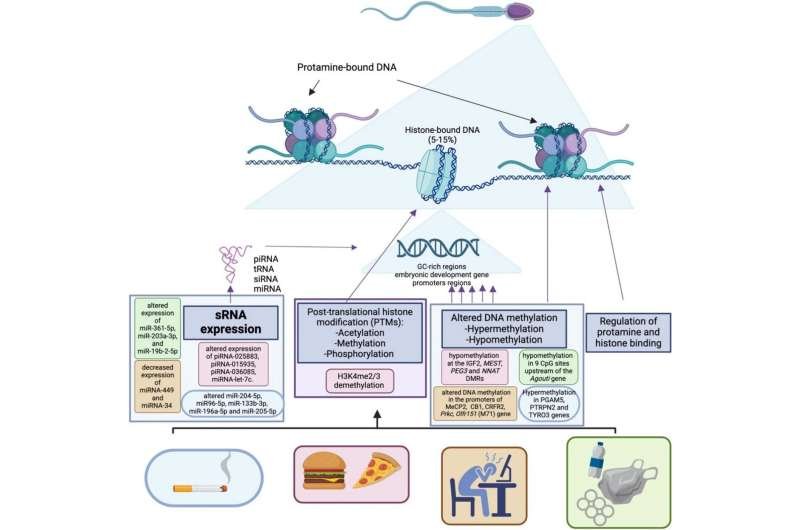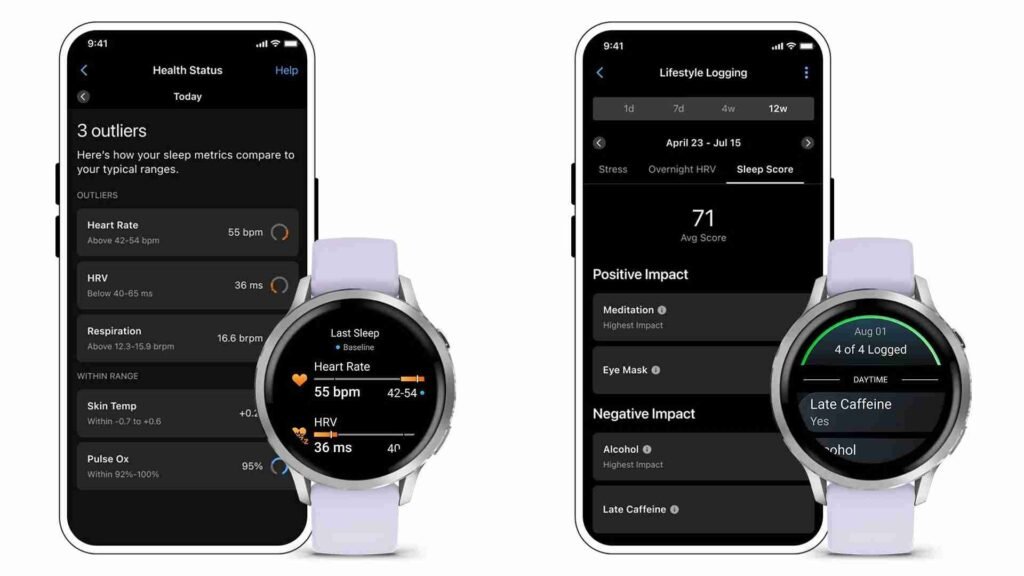
Nearly 20% of children and adolescents in the United States have obesity.
Credit: Getty Images
We often hear the phrase, “You are what you eat.” But what if it also applied to your children — even before they’re born? Research from the Texas A&M University Health Science Center (Texas A&M Health) suggests it does.
While genetics — the traits passed down through DNA — are fixed at conception, epigenetics can change based on factors like diet, environment and aging. They’re like switches that turn genes on or off or adjust how strongly they work. Those switches can shape long-term health in ways that extend beyond one generation.
Mahua Choudhury, a researcher at the Texas A&M University Irma Lerma Rangel College of Pharmacy, has spent more than a decade studying epigenetics and their impact on health. Since 2011, she has published several studies linking obesity to epigenetic changes, many of which can be traced back to parents’ lifestyle choices. Some of the public health trends, she said, are cause for concern.
“In the last 10-20 years, there’s been a dramatic and rapid deterioration of metabolic health, especially due to obesity and diabetes,” Choudhury said. “There’s this new dual epidemic happening right now called ‘diabesity.’ And currently, obesity-related health conditions cost approximately $210 billion a year in the United States alone, which is estimated to rise severely as diabetes increases from approximately 371 million individuals worldwide in 2012 to a staggering 552 million by 2030.”
Current research suggests childhood obesity can be influenced not only by a child’s own diet, stress and activity, but also by both the father and mother’s lifestyles before and during pregnancy. These external factors can modify and influence the epigenetics sequence within DNA that control health-related traits.
While this phenomenon has been noted for quite some time, researchers have only just begun to study the impacts, Choudhury said.
“This concept really came about because of the famine during the World Wars,” she said. “The mothers did not have food, but the babies born during that time disproportionately became obese and developed cardiovascular disease and diabetes in the long run.”
Choudhury said that in the last decade, researchers have begun exploring epigenetics as a potential cause for these unexplained widespread health shifts.
“During that time of famine, something was modified,” she said. “But now, with the research, we know that it’s not only no food, but also extra food, stress and even pollution that can cause these changes.”
Choudhury’s most recent publication on the topic examined how a mother’s diet during pregnancy can affect a gene called DLEU2 in her children. DLEU2 is a long RNA (which does not make protein) that can be deleted or switched off (suppressed). These changes may also influence other related genes, potentially increasing the risk of health problems like diabetes or obesity. What’s more, these effects may not stop with one generation, but could be passed down to future ones, too.
With the growing fight against obesity and related illnesses — and the rise of medications such as GLP-1 receptor agonists — researchers are exploring new solutions. Choudhury recently published a study examining how pharmaceuticals could be used to combat the obesity epidemic, particularly to reduce childhood obesity and related diseases like type 2 diabetes and nonalcoholic fatty liver disease.
“We are currently using several cutting-edge epigenetic therapeutics in combination with pharmaceutical drugs along with lifestyle strategies to manipulate these epigenetic changes at the early stage,” she said.
The beauty of epigenetics, Choudhury said, is that unlike genetics, they can be modified through environment and lifestyle. She describes the spectrum of epigenetic malleability as being akin to earth metals, such as gold or nickel: Gold is easily altered and may be molded into a ring or electronics parts; in contrast, nickel — while still plenty malleable — requires more effort and care to adjust its shape. Similarly, many key epigenetics can change. However, some are more easily altered than others, sometimes requiring more long-term lifestyle changes and even location changes to avoid environmental pollutants in the air or water.
As for grappling with the impacts of generations past, living a healthy lifestyle yourself and modeling those habits for your children can help limit negative epigenetic effects. Choudhury encourages eating a balanced diet, getting plenty of exercise through means like walking or biking, and reducing stress — both during and after pregnancy — for the entire household.
With years of experience in translational research, Choudhury plans to keep exploring the link between weight-related illness and epigenetics. Her goal is to develop an affordable, accessible test for epigenetic markers and provide equally affordable and accessible tools for health care professionals to use in treating their patients.







